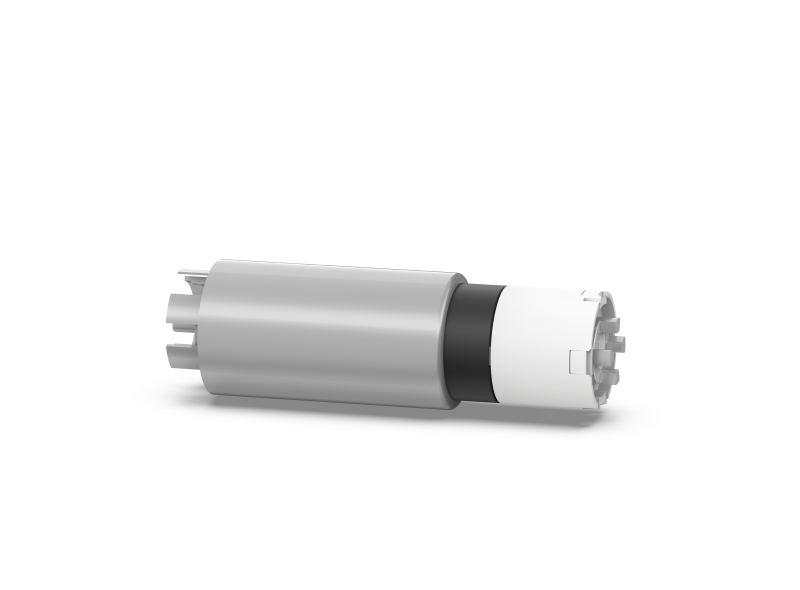The power of the DC micro geared motor comes from the DC motor, and the application of the DC motor is also very extensive. However, many people do not know much about the DC motor. Here, the editor of Kehua explains the structure, performance and pros and cons.

First, the definition, a DC motor is a motor that obtains electrical energy through direct current and converts electrical energy into rotating mechanical energy at the same time.
Second, the structure of the DC motor. First, the DC motor is composed of a stator and a rotor. The stator includes a base, main magnetic poles, commutation poles, and brushes. The rotor includes an iron core, windings, commutator, and output shaft.
3. The working principle of the DC motor. When the DC motor is energized, the DC power supply supplies power to the armature winding through the brush. The N-pole conductor of the armature can flow the current in the same direction. According to the left-hand law, the conductor will be subjected to counterclockwise torque. The S-pole conductor of the armature will also flow current in the same direction, and the entire armature winding will rotate to convert the input DC energy into mechanical energy
Fourth, the advantages of DC motors, good control performance, wide range of speed adjustment, relatively large torque, mature technology, and relatively low cost
Five, the shortcomings of DC motors, the brushes are prone to problems, the life is relatively short, and the maintenance cost is relatively high.
With the application of micro geared motors in smart products more and more widely, many of these smart products belong to fast-moving consumer electronics products. Fast-moving consumer products pursue the characteristics of low cost and relatively short life. Therefore, DC motors have become The motor of choice for consumer smart products.
Post time: Feb-22-2023